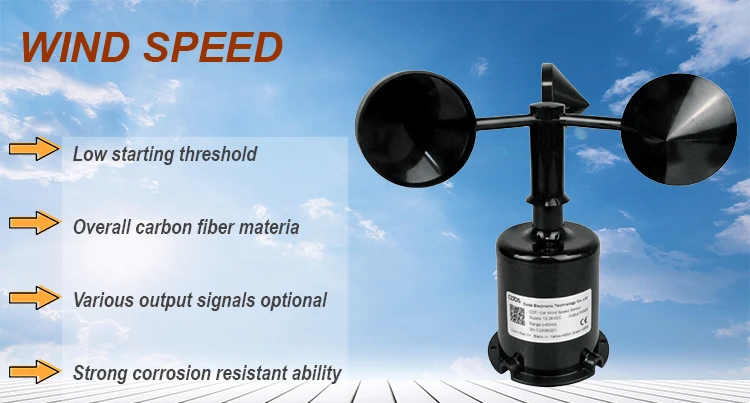
html
Anemometer: The Instrument for Measuring Wind Speed
Wind speed is a critical factor in various fields, from meteorology to aviation, and even renewable energy. To accurately measure wind speed, scientists and engineers rely on a specialized device called an anemometer. This instrument plays a vital role in weather forecasting, environmental monitoring, and optimizing wind turbine performance.
What Is an Anemometer?
An anemometer is a scientific instrument designed to measure the speed and sometimes the direction of wind. The term “anemometer” originates from the Greek word anemos, meaning wind. These devices come in various designs, each suited for specific applications and accuracy requirements.
Types of Anemometers
Several types of anemometers exist, each with unique mechanisms for measuring wind speed:
1. Cup Anemometer
The most common type, featuring three or four hemispherical cups mounted on horizontal arms. As wind blows, the cups rotate, and the speed of rotation correlates with wind speed.
2. Vane Anemometer
Also known as a propeller anemometer, this type uses a wind vane to align with wind direction and a propeller to measure speed. It’s often used in meteorological stations.
3. Hot-Wire Anemometer
This electronic version measures wind speed by detecting changes in electrical resistance as wind cools a heated wire. It’s particularly useful for measuring low wind speeds and turbulence.
4. Ultrasonic Anemometer
Using ultrasonic sound waves, this advanced type measures wind speed by detecting changes in the time it takes for sound to travel between transducers. It can measure both speed and direction simultaneously.
How Anemometers Work
The working principle varies by type, but all anemometers convert wind motion into measurable data:
- Cup and vane anemometers translate rotational speed into wind speed
- Hot-wire models measure electrical resistance changes
- Ultrasonic versions calculate wind speed from sound wave propagation times
Applications of Anemometers
Anemometers serve numerous important functions:
- Weather forecasting: Providing essential data for meteorological predictions
- Aviation: Ensuring safe takeoffs and landings by monitoring wind conditions
- Wind energy: Assessing potential sites for wind farms and optimizing turbine performance
- Environmental studies: Monitoring air pollution dispersion and microclimates
- Construction: Ensuring worker safety during high-wind conditions
Choosing the Right Anemometer
When selecting an anemometer, consider these factors:
- Measurement range (minimum and maximum wind speeds needed)
- Accuracy requirements
- Environmental conditions (temperature, humidity, etc.)
- Portability needs
- Data recording capabilities
From simple mechanical designs to sophisticated digital models, anemometers continue to evolve, providing increasingly accurate wind speed measurements for diverse applications. Whether you’re a weather enthusiast, a professional meteorologist, or a wind energy developer, understanding anemometers is essential for working with wind data.
Keyword: instrument measure wind speed
